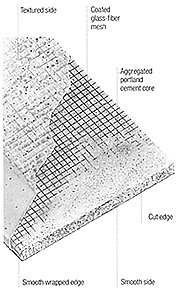
How to Install Tile Substrate in Wet Areas
La instalación de substrato base para azulejo en
Tech Tip; Consejo Técnico


La instalación de substrato base para azulejo en

Copyright ©2024. All Rights Reserved BNP Media.
Design, CMS, Hosting & Web Development :: ePublishing